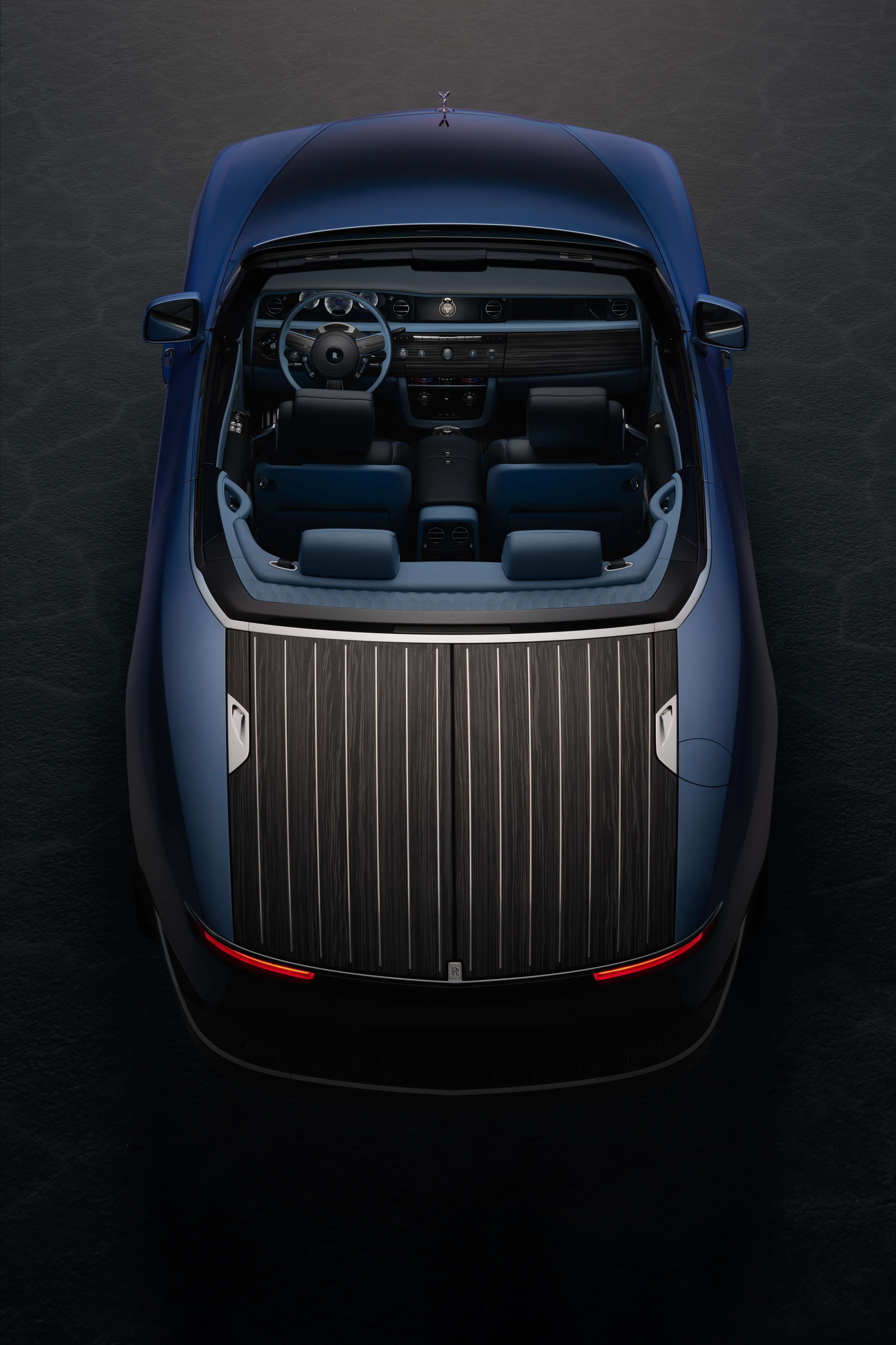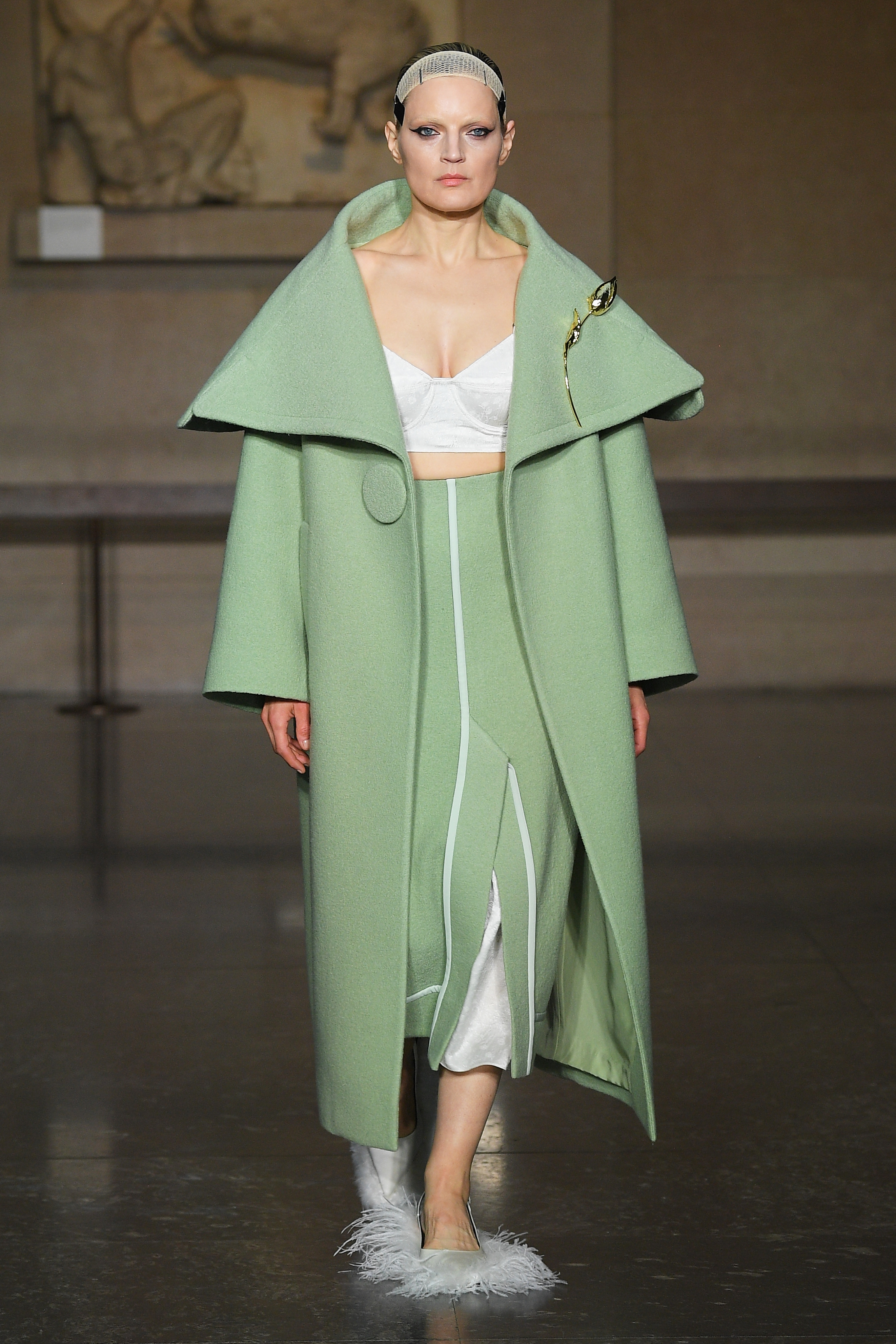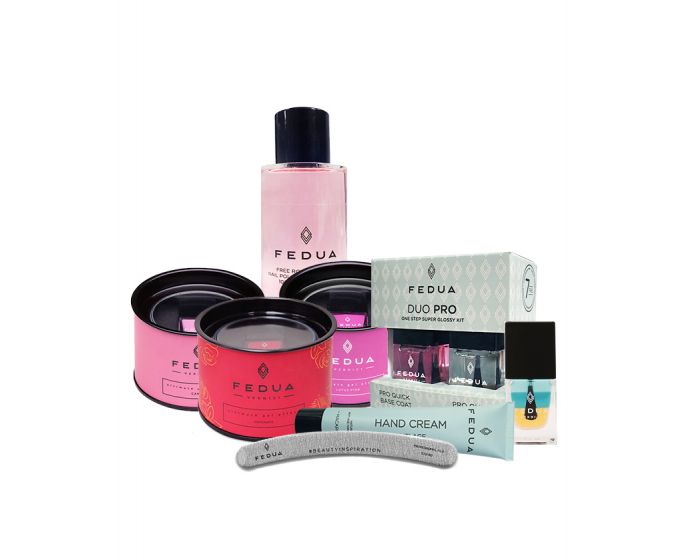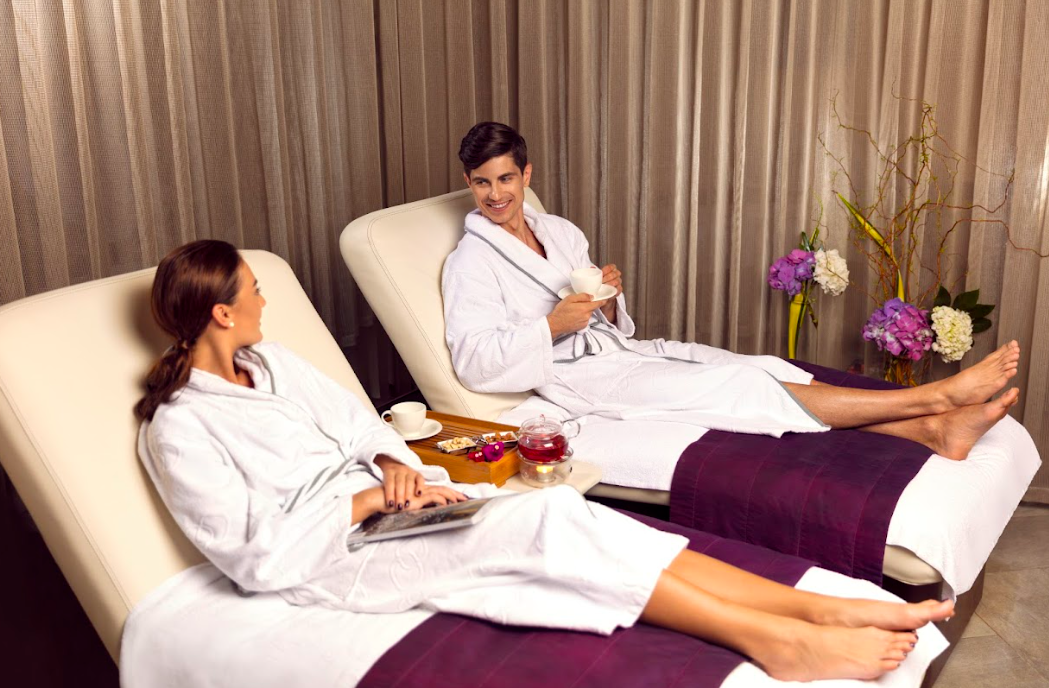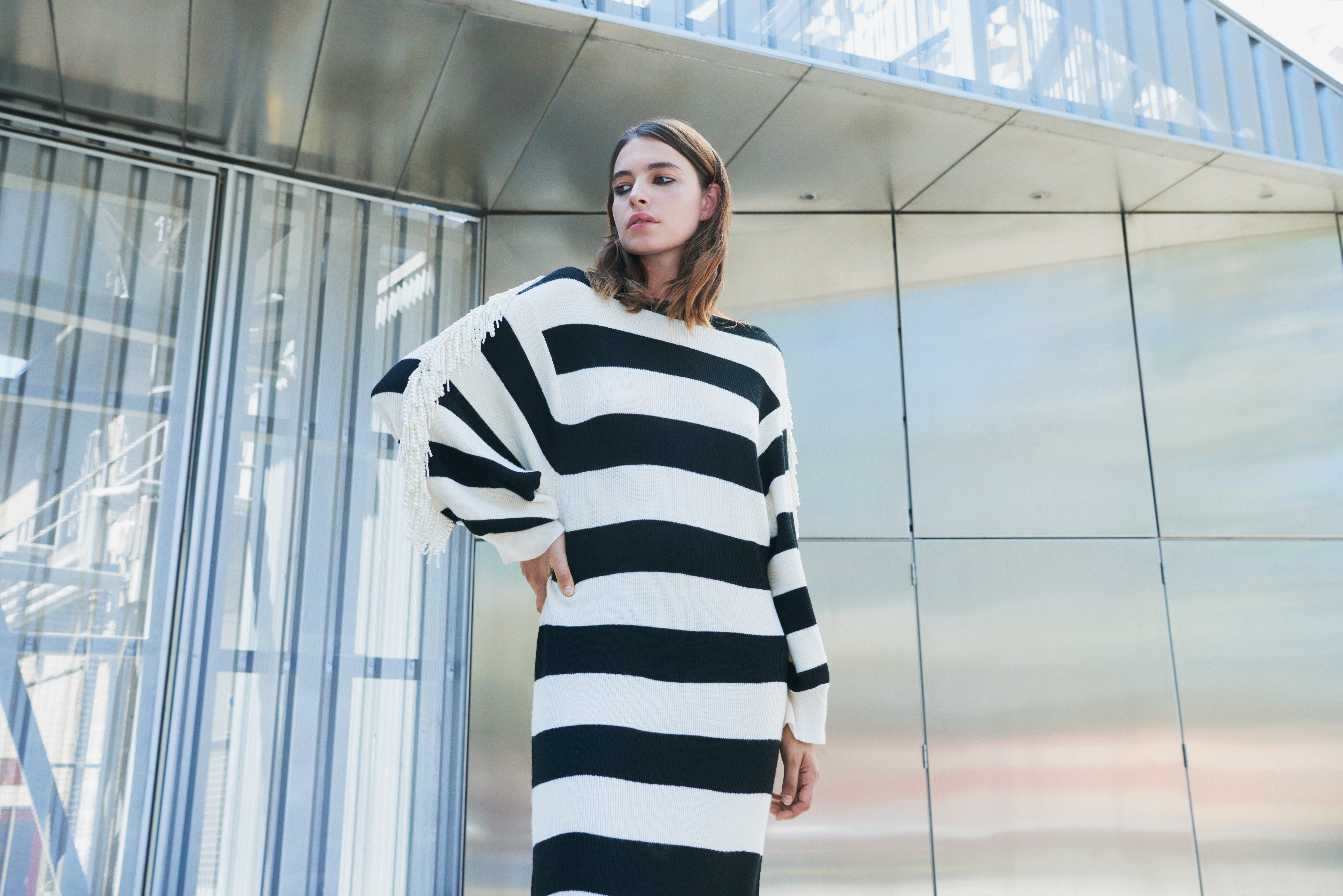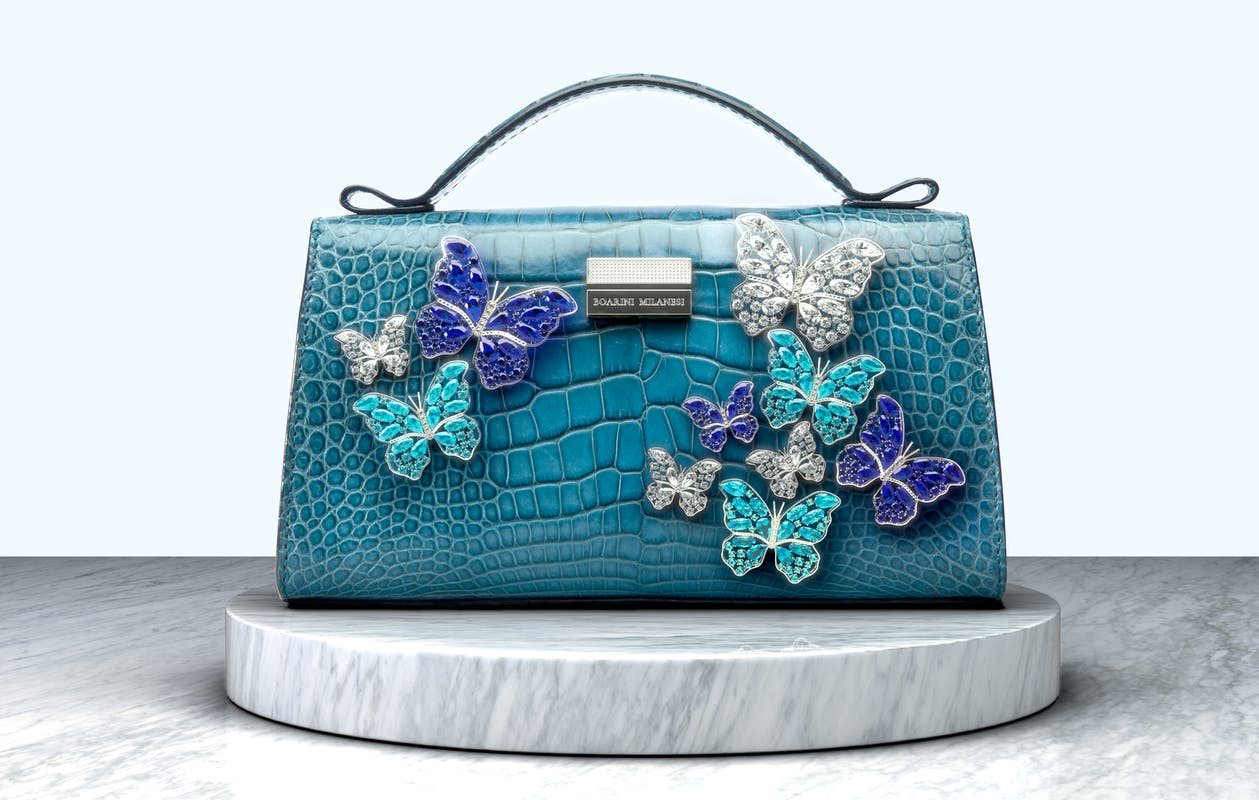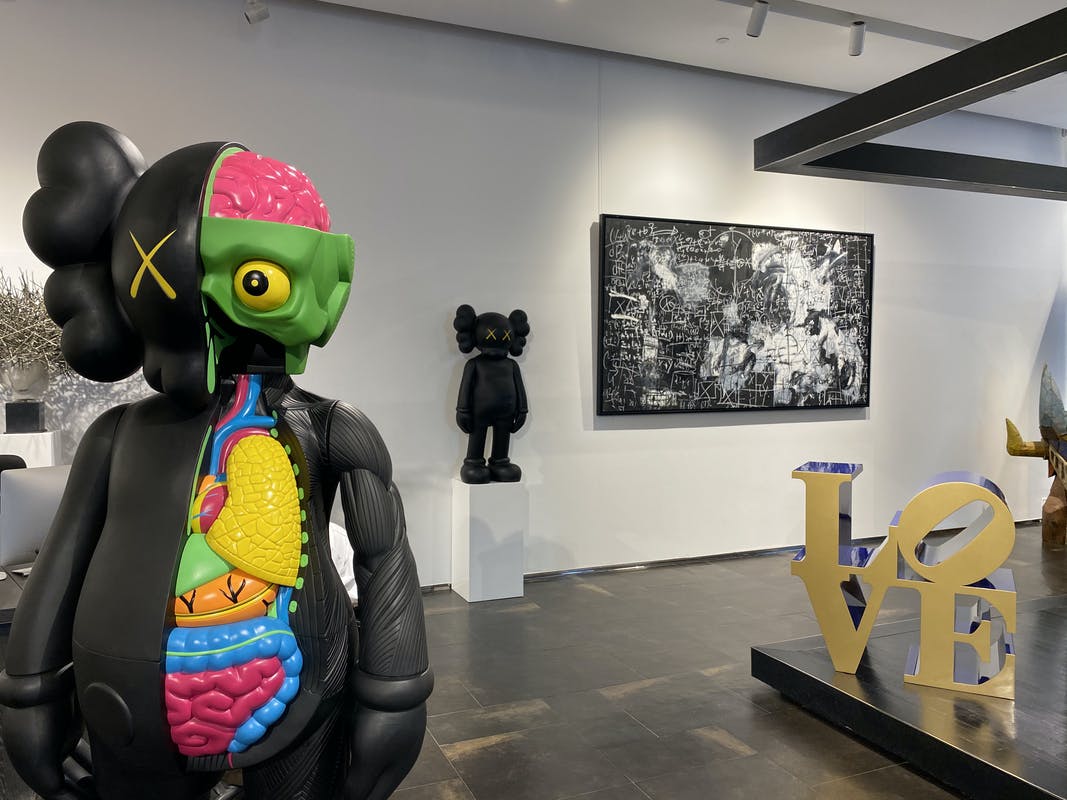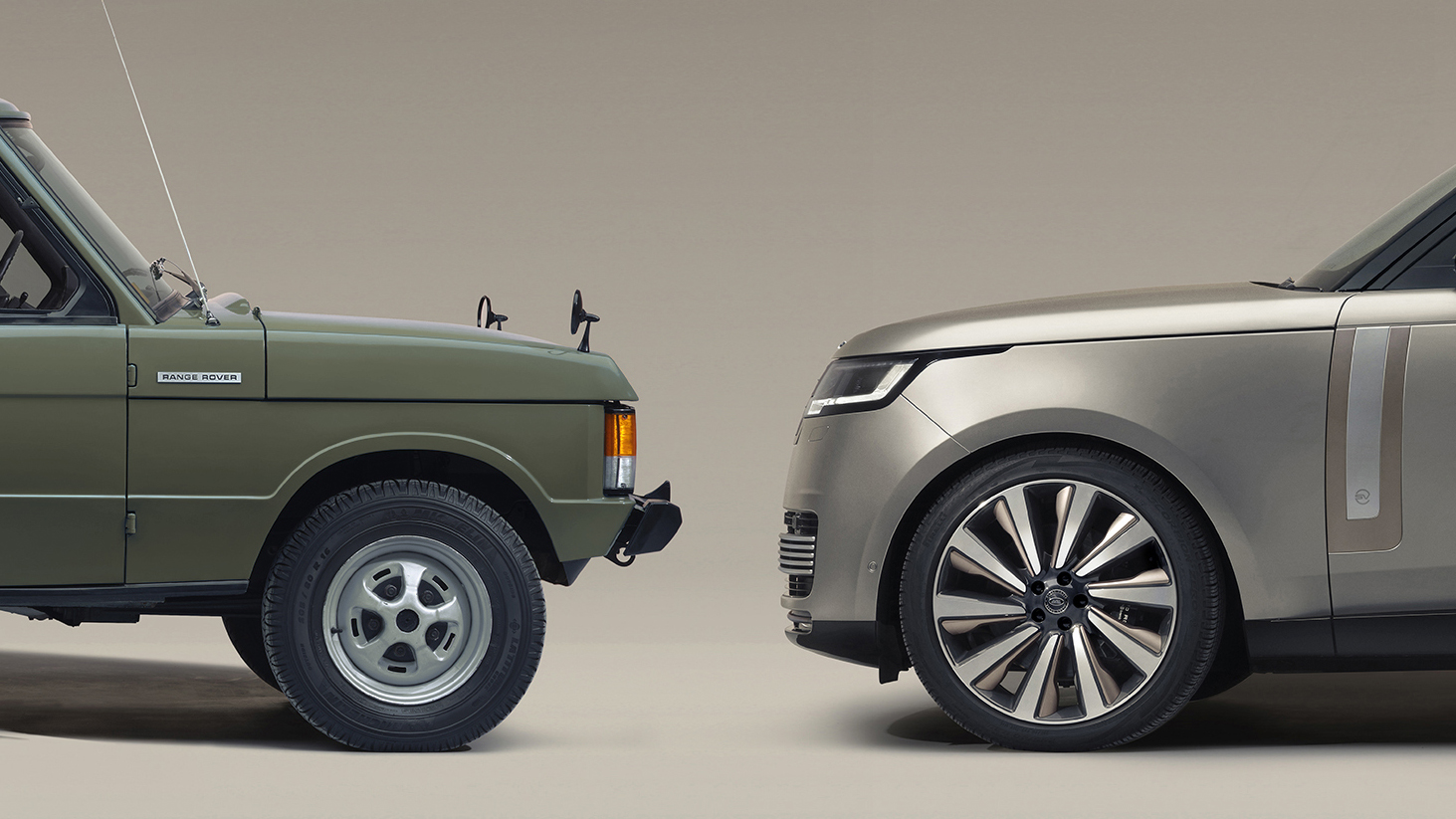
In 2025,the iconic Range Rover celebrates its 55th anniversary - a milestone that marks more than half a century of excellence, innovation, and luxury in the SUV world. Since its debut in 1970, the Range Rover has grown into a symbol of prestige, effortlessly blending off-road capability with refined comfort. Over five generations, it has continuously redefined the luxury SUV category, setting new benchmarks in design, technology, and performance. From the rugged charm of the original Classic to the electrified elegance of the modern L460, each iteration has pushed boundaries. Its legacy is one of visionary engineering, timeless design, luxury and global cultural impact.
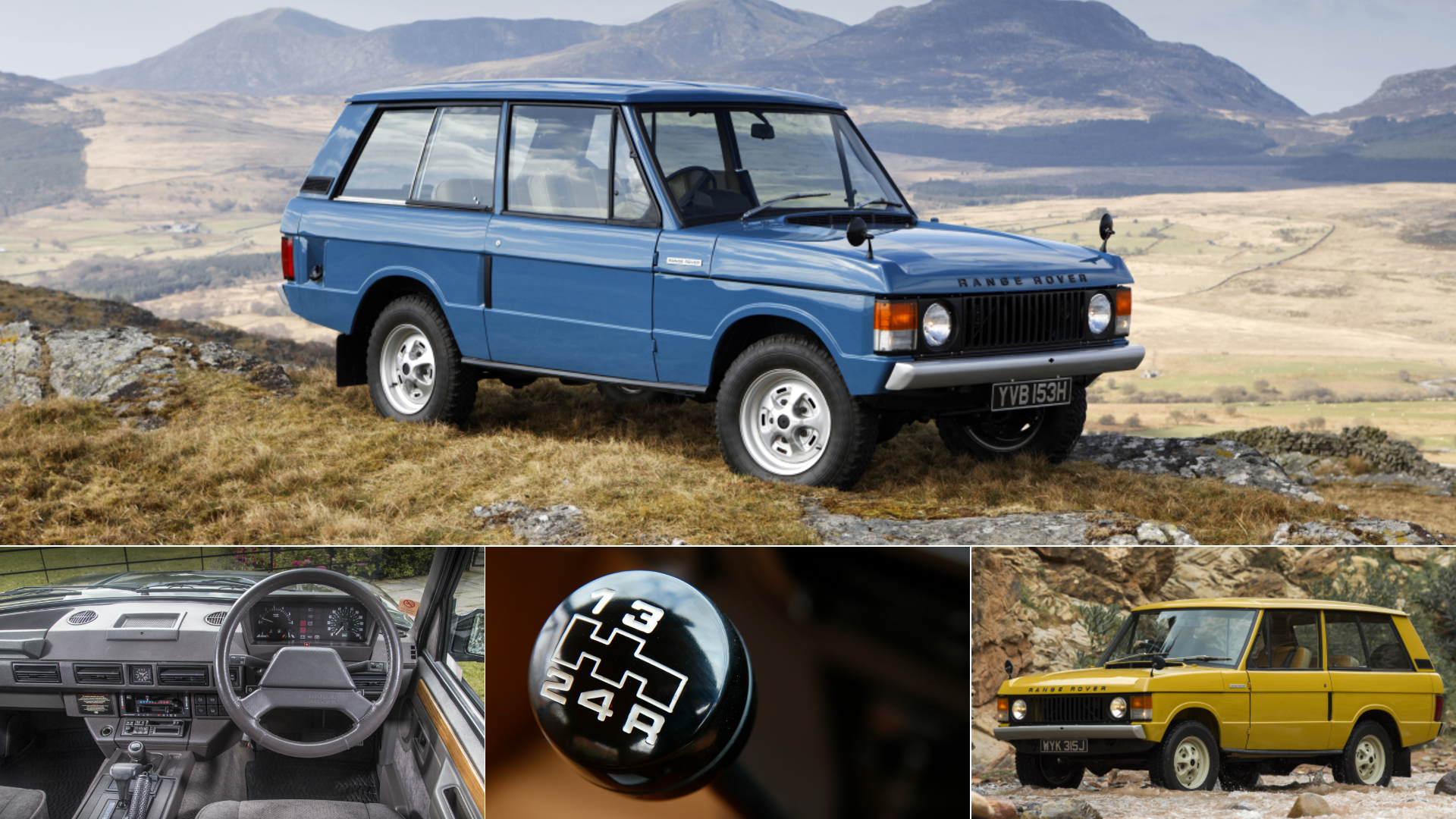
First Generation Range Rover Classic (1970–1996)
The original Range Rover, launched by British Leyland in 1970, was a revolutionary vehicle. Known internally as the "Classic," it introduced a concept previously unseen - combining rugged off-road capability with the comfort and style of a passenger car. Its boxy design, permanent four-wheel drive, and 3.5-liter aluminum V8 engine made it suitable for both farm tracks and fashionable city streets. The sparse yet functional interior emphasized utility over luxury at first, but refinements came over time, including power steering, automatic transmissions, and plush upholstery. Its adaptability helped it evolve from a working-class 4x4 into a premium lifestyle symbol. The Range Rover Classic even earned a place at the Louvre in Paris, celebrated as a masterpiece of industrial design. It was the origin of the luxury SUV - a category it virtually invented.

Second Generation Range Rover P38A (1994–2001)
The second generation, known as the P38A, arrived in 1994 as Land Rover sought to elevate the Range Rover into a more refined and technologically advanced segment. While its exterior maintained a familiar silhouette, its interior marked a turning point: sumptuous leather seating, real wood veneers, and dual-zone climate control redefined Range Rover as a true luxury vehicle. One of the P38A's standout features was its electronic air suspension, which allowed for adjustable ride height and vastly improved ride comfort. Under the hood, engine choices expanded to include both improved Rover V8s and a 2.5-liter turbo-diesel from BMW, boosting both performance and global appeal. Despite its reliability concerns in early models, the P38A remains beloved by enthusiasts for its blend of old-world charm and modern ambition. It firmly entrenched Range Rover in the premium SUV arena.
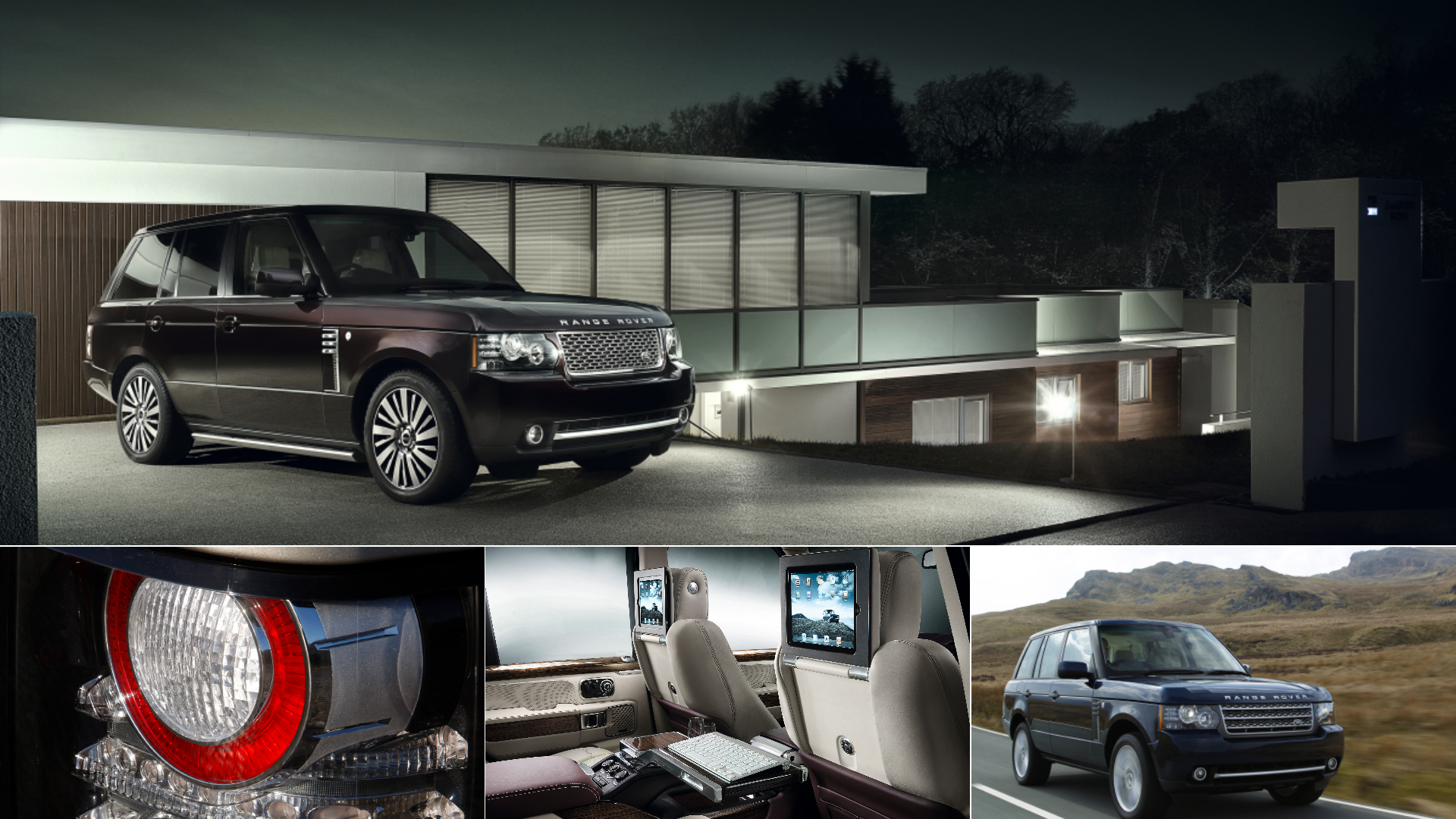
Third Generation Range Rover L322 (2002–2012)
Launched in 2002 and co-developed during Land Rover's ownership by BMW (and later Ford), the L322 was a complete reimagination of what a Range Rover could be. A major leap forward in engineering, it introduced a unibody construction that greatly improved handling, safety, and on-road comfort while preserving formidable off-road prowess. The design was sleek and stately, with a more aerodynamic profile, flush glass surfaces, and a commanding presence. Inside, the L322 was a sanctuary - quiet, tech-laden, and dripping with luxury details. Touchscreen infotainment, multi-zone climate control, and adaptive cruise control brought it in line with top-tier luxury sedans. Engine options included BMW V8s early on, later transitioning to Jaguar-sourced supercharged V8s and refined TDV8 diesels. The L322 positioned the Range Rover as not just a luxury SUV, but the luxury SUV - capable of going from city streets to mountain passes without compromise.

Fourth Generation Range Rover L405 (2012–2021)
The L405, unveiled in 2012, was groundbreaking as the world’s first SUV to feature a full aluminum monocoque chassis, shedding over 400 pounds compared to its predecessor. This substantial weight reduction improved both fuel economy and agility, setting a new benchmark in the segment. It debuted with a refined design that blended the traditional Range Rover look with sleek, modern lines. Inside, it was the epitome of opulence - massaging seats, panoramic glass roofs, digital displays, and personalized ambient lighting created a first-class cabin experience. Technological innovation continued with Terrain Response 2, which adapted the SUV’s settings automatically to different driving surfaces. It also introduced plug-in hybrid options, catering to eco-conscious luxury buyers. The L405 excelled in blending grandeur with go-anywhere capability, maintaining its place at the top of the luxury SUV hierarchy. Royals, celebrities, and dignitaries alike chose it for its presence and poise.
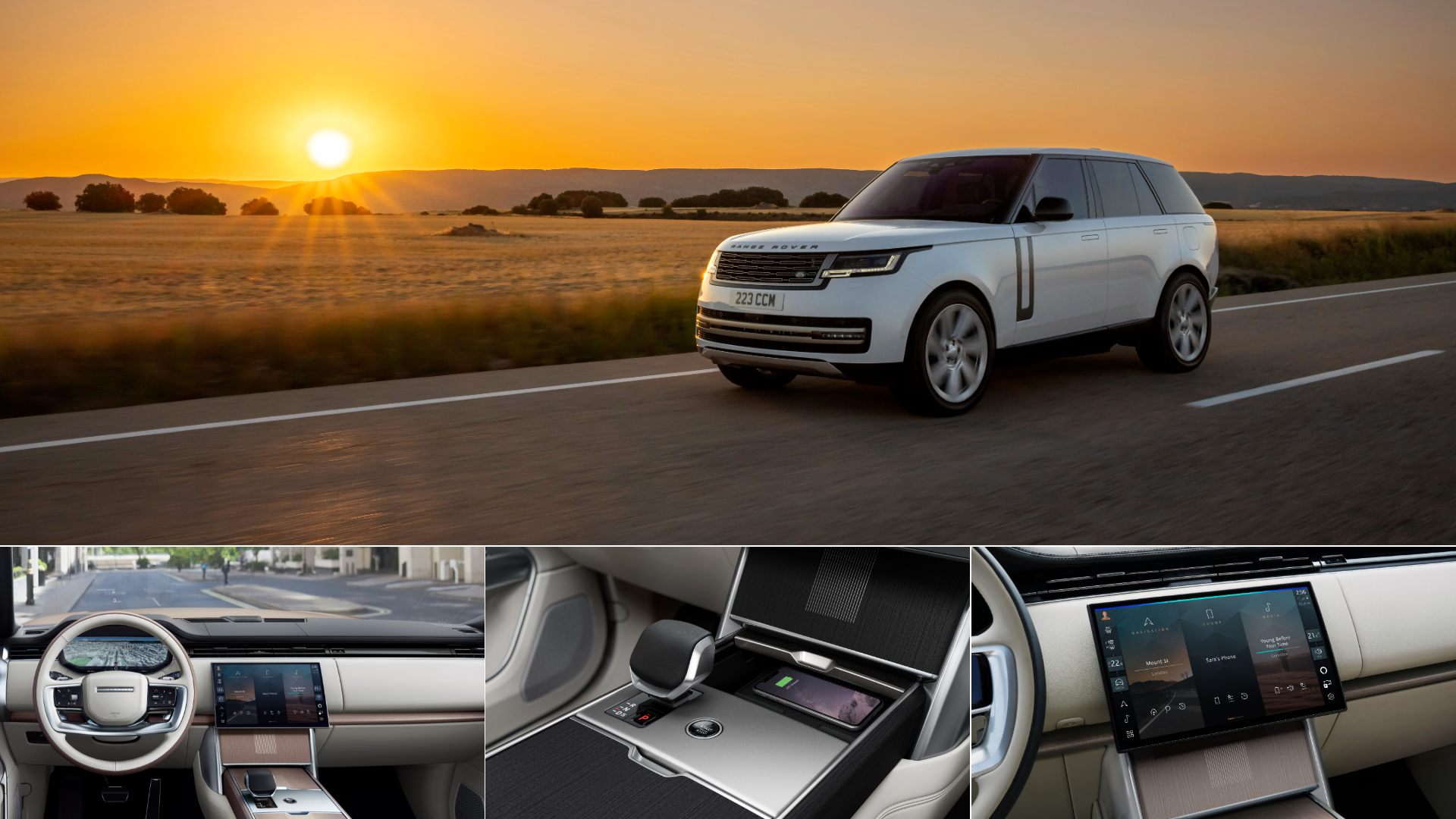
Fifth Generation Range Rover L460 (2022–Present)
Unveiled in 2021 for the 2022 model year, the fifth-generation Range Rover (L460) represents a bold step into the future. Built on the new MLA-Flex platform, it's designed from the ground up to accommodate electrification, with plug-in hybrids available and a fully electric variant due by 2024. The exterior is a study in modern luxury minimalism - clean surfaces, hidden seams, and a distinctive floating roof elevate its visual sophistication. Inside, it offers a serene escape with sustainable materials like Ultrafabrics™, integrated screens powered by the latest Pivi Pro infotainment, and immersive Meridian™ sound systems. Innovations like rear-wheel steering, predictive air suspension, and AI-driven driver assistance systems elevate both comfort and capability. Whether you’re being chauffeured in the long-wheelbase SV model or traversing remote landscapes with its enhanced off-road systems, the L460 reflects a confident evolution - one that redefines what the Range Rover can be in a connected, sustainable, and design-forward era.

Over 55 years, Range Rover has remained a benchmark of luxury and capability. Each generation has not only improved upon the last but has also anticipated the demands of future drivers. As the brand looks ahead to electrification and autonomous driving, its legacy remains rooted in innovation, design excellence, and a commitment to going above and beyond - both on and off the road.

.jpg)
